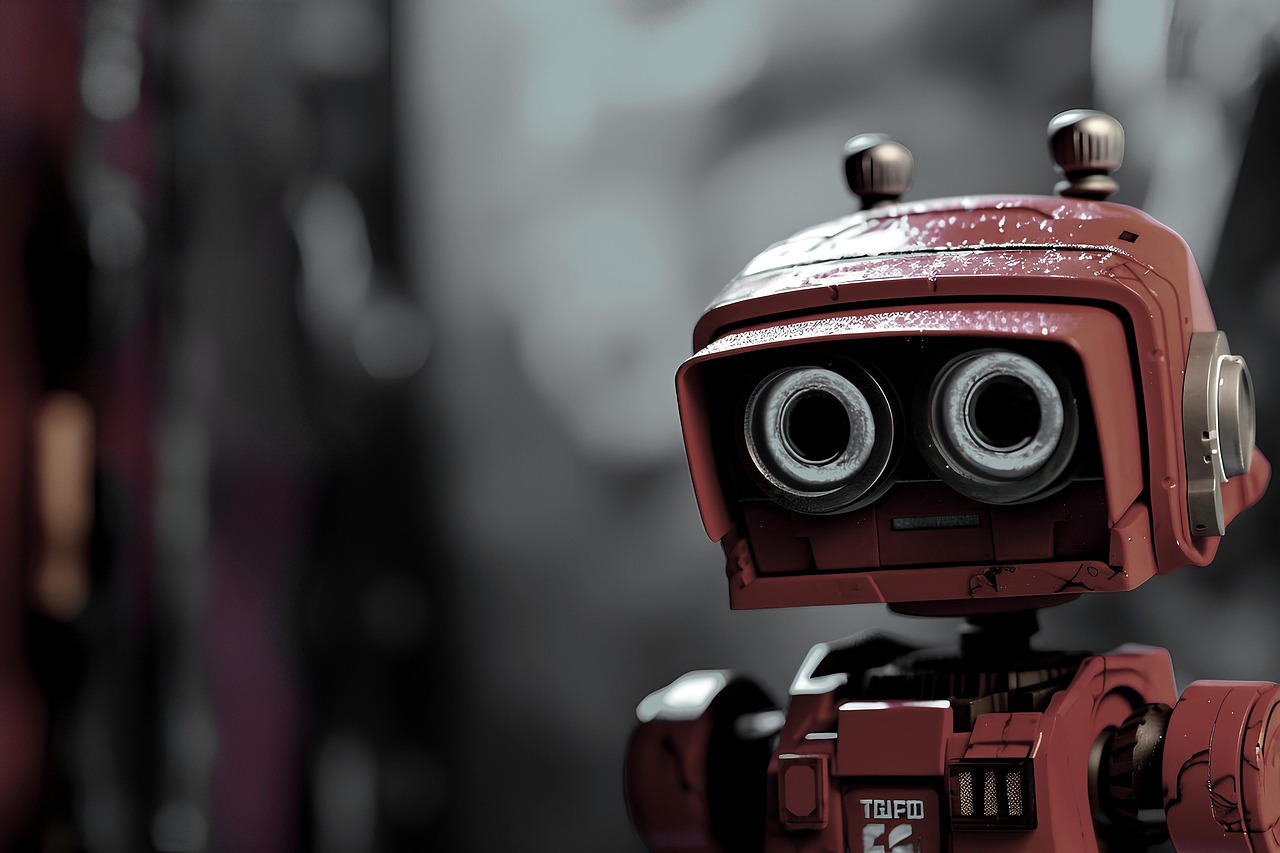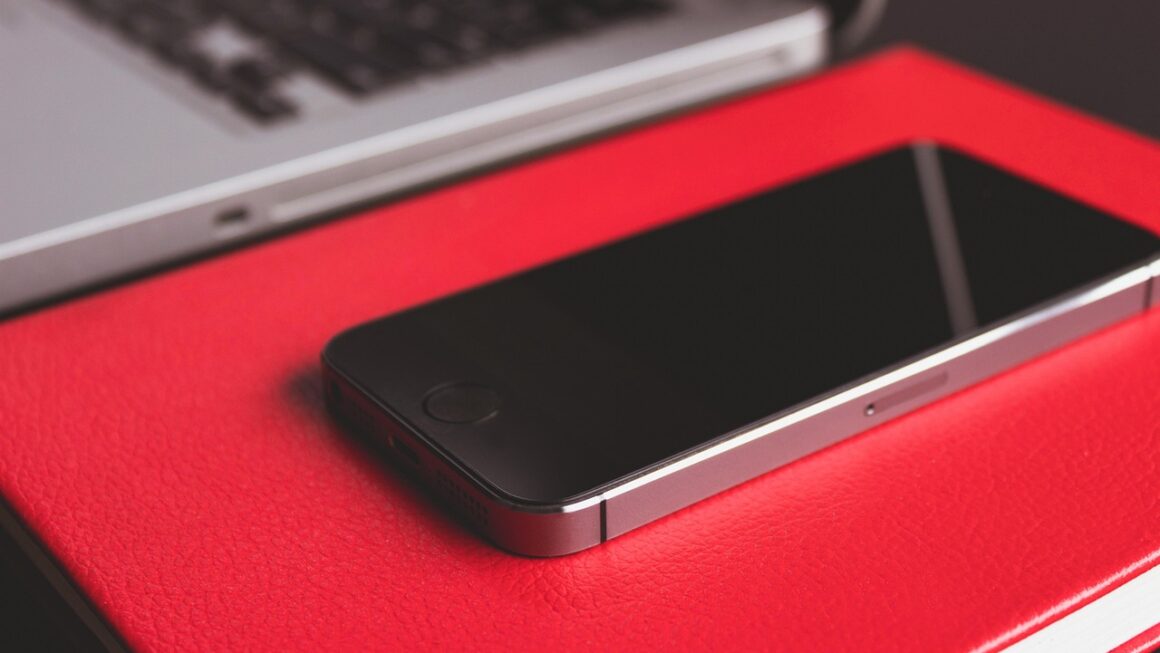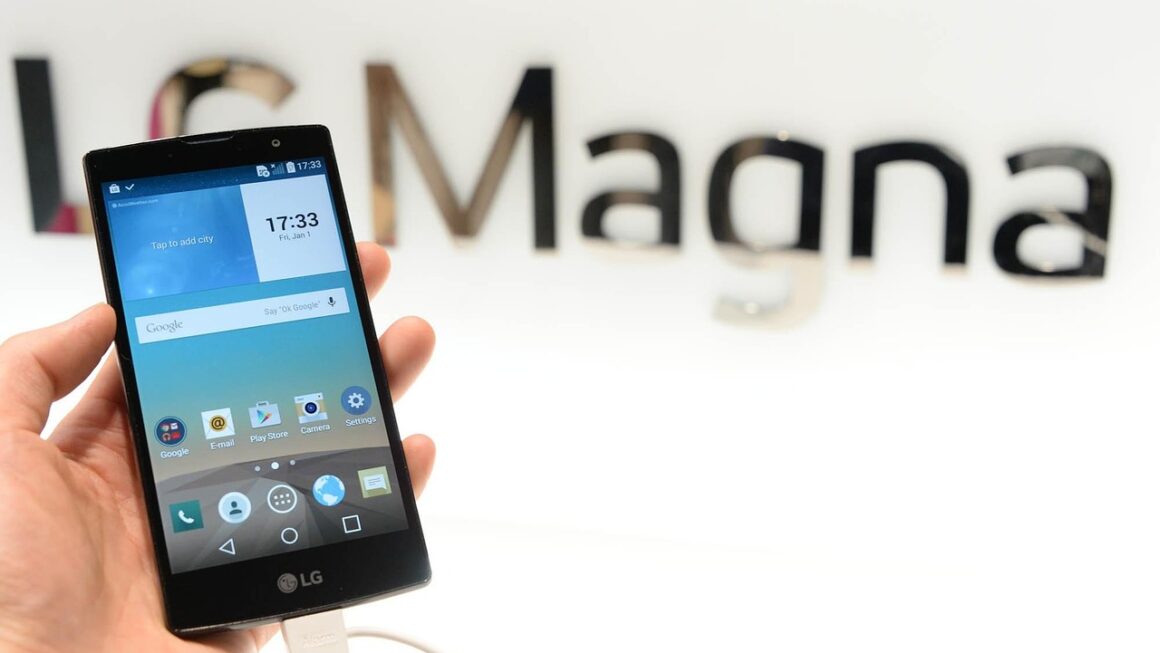3D printers have revolutionized manufacturing, design, and countless other industries. Once a futuristic fantasy, these devices are now accessible and increasingly affordable, allowing hobbyists, educators, and businesses to create three-dimensional objects from digital designs with remarkable precision and ease. Whether you’re a seasoned engineer or just curious about this groundbreaking technology, understanding the fundamentals of 3D printing can unlock a world of possibilities.
What is 3D Printing?
The Additive Manufacturing Process
3D printing, also known as additive manufacturing (AM), is a process of building three-dimensional objects layer by layer from a digital design. Unlike traditional subtractive manufacturing methods like milling or machining, which remove material to create a shape, 3D printing adds material until the object is complete. This process offers several advantages, including:
- Greater design freedom, allowing for complex geometries.
- Reduced material waste, as only the necessary material is used.
- Faster prototyping and production times.
- Customization options, enabling the creation of unique and personalized products.
How it Works
The typical 3D printing process involves these key steps:
Types of 3D Printing Technologies
Different 3D printing technologies cater to various materials, applications, and budgets. Here are some of the most common types:
Fused Deposition Modeling (FDM)
- Description: FDM, also known as Fused Filament Fabrication (FFF), is the most widely used 3D printing technology, especially among hobbyists and small businesses. It involves extruding a thermoplastic filament through a heated nozzle and depositing it layer by layer onto a build platform.
- Materials: Common materials include PLA, ABS, PETG, and nylon. Specialized filaments with properties like carbon fiber reinforcement or flexibility are also available.
- Advantages: Low cost, ease of use, wide range of materials.
- Disadvantages: Lower precision compared to other methods, visible layer lines, requires support structures for complex geometries.
- Example: Printing a phone case, a toy, or a replacement part for a household appliance.
Stereolithography (SLA)
- Description: SLA uses a laser to cure liquid resin layer by layer. The laser selectively solidifies the resin based on the design, creating a highly detailed and accurate object.
- Materials: Photo-sensitive resins with various properties, such as flexibility, toughness, and heat resistance.
- Advantages: High precision and surface finish, ideal for intricate designs and small parts.
- Disadvantages: Higher cost than FDM, limited material choices compared to FDM, requires post-curing.
- Example: Creating jewelry prototypes, dental models, or intricate figurines.
Selective Laser Sintering (SLS)
- Description: SLS uses a laser to fuse powdered materials together layer by layer. A thin layer of powder is spread across a build platform, and the laser selectively sinters the powder according to the design.
- Materials: Thermoplastics, metals, ceramics, and composites.
- Advantages: No support structures required (the unsintered powder acts as support), high strength and durability, can print complex geometries.
- Disadvantages: High cost, complex process, requires specialized equipment.
- Example: Manufacturing functional prototypes, customized parts for aerospace or automotive industries, or medical implants.
Other Technologies
- Material Jetting: Deposits droplets of liquid material onto a build platform and cures them with UV light.
- Binder Jetting: Sprays a liquid binder onto a powder bed to bond the particles together.
- Direct Metal Laser Sintering (DMLS): A variation of SLS that uses metal powders.
Applications of 3D Printing Across Industries
3D printing’s versatility has led to its adoption across numerous industries:
Manufacturing
- Prototyping: Rapidly create and test prototypes, reducing development time and costs.
- Tooling and Fixtures: Produce custom tools, jigs, and fixtures for manufacturing processes.
- Custom Parts: Manufacture low-volume or customized parts on demand.
- Example: Automotive companies using 3D printing to create prototype engine parts or aerospace companies printing lightweight components for aircraft.
Healthcare
- Medical Models: Create patient-specific anatomical models for surgical planning and education.
- Surgical Guides: Produce precise surgical guides for implant placement and other procedures.
- Prosthetics and Orthotics: Design and manufacture customized prosthetics and orthotics.
- Bioprinting: Emerging field of printing biological tissues and organs.
- Example: Dentists using 3D printed models to plan dental implants or surgeons using 3D printed models of a patient’s heart to prepare for complex surgeries.
Education
- STEM Education: Teach students about design, engineering, and manufacturing concepts.
- Project-Based Learning: Engage students in hands-on projects that involve designing and printing objects.
- Visual Aids: Create physical models of complex concepts to enhance learning.
- Example: Schools using 3D printers to teach students about architecture by printing models of famous buildings or teaching about biology by printing models of human cells.
Art and Design
- Sculptures and Art Installations: Create intricate and unique artworks.
- Fashion Design: Produce custom clothing and accessories.
- Jewelry Design: Design and manufacture personalized jewelry pieces.
- Example: Artists creating large-scale sculptures that would be impossible to produce with traditional methods, or fashion designers creating intricate dresses with complex geometric patterns.
Choosing the Right 3D Printer
Selecting the appropriate 3D printer depends on your specific needs and budget. Consider these factors:
Budget
- Entry-level FDM printers can be found for a few hundred dollars.
- High-end industrial 3D printers can cost tens or hundreds of thousands of dollars.
- Factor in the cost of materials, software, and maintenance.
Material Requirements
- Different 3D printing technologies support different materials.
- Consider the properties required for your application, such as strength, flexibility, or heat resistance.
Print Volume
- The print volume determines the maximum size of objects you can print.
- Choose a printer with a print volume that meets your needs.
Precision and Resolution
- SLA and SLS printers generally offer higher precision and resolution than FDM printers.
- Consider the level of detail required for your application.
Ease of Use
- Some 3D printers are easier to set up and operate than others.
- Consider your level of experience and technical expertise.
Software Compatibility
- Ensure that the 3D printer is compatible with your preferred CAD and slicing software.
- Some printers come with their own proprietary software.
Conclusion
3D printing is a transformative technology with the potential to reshape industries and empower individuals. By understanding the different types of 3D printing technologies, their applications, and the factors to consider when choosing a printer, you can harness the power of additive manufacturing to bring your ideas to life. Whether you’re a hobbyist, an educator, or a business professional, 3D printing offers a world of opportunities for innovation and creativity. As the technology continues to evolve and become more accessible, its impact will only continue to grow.




